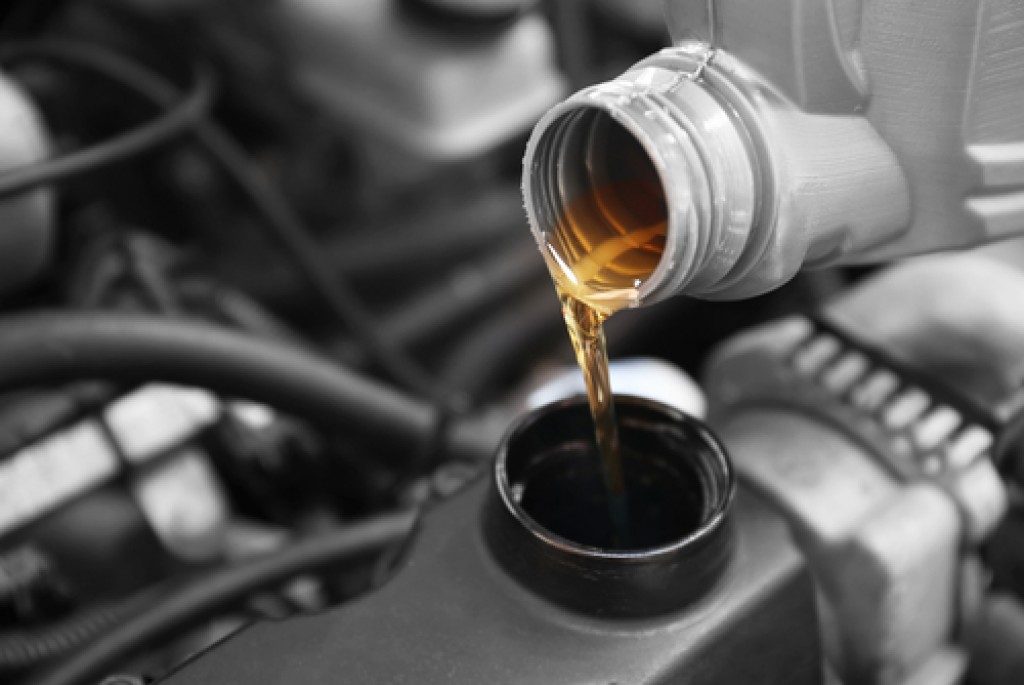Lubricants are an essential part of any industrial factory’s operation. However, to make them ready for use when you need them, you must buy them in bulk and store them properly. There are many potential problems from this, so you’ll need to do it correctly. Here are some tips on how you can ensure that your lubricants will be available at any time:
Design a Custom Lube Room
One of the first things that you should be doing if you plan to store lube in your factory is to build a custom lube room. This room should be in a safe space that will provide maximum storage capacity for your oils and lubricants. There should be some space for expansion, though since you might need to add more space as your factory’s need increases. It should also be a cool and dry space to ensure that your oils and lubricants are safe.
Some of the features that need to be in the room are a limited-access space, a receiving area for new lubricants, filtration devices, and more. You should even have a desk and a computer that can help monitor your lubricants.
Have the Proper Containers
You will need drums or tanks for your lubricants. This depends on the lubricant consumption of your facility. High consumption will mean you need a large storage tank that can handle 10,000 gallons. For facilities that don’t need that much lubricant, several 55-gallon drums should be enough.
Maintain the Right Temperature
The main reason you want to have a lube room is to ensure the purity and usefulness of the lubricant. Leaving it around in a warehouse can end up degrading it. One of the reasons is that lubricants and oils need to be at a certain temperature to be useful. With a lube room, you can install a heating system to maximize their shelf life. Drum heaters are a great way to ensure that lubricants will be at the right temperature.
Follow a Proper Receiving Procedure
When lubricants arrive at your factory, you are going to need to do some quality control. This means you will need to do some testing to ensure that the lubricant you received is of good quality. Have testing equipment ready when your lubricant shipping arrives to test out the batch.
Your receiving procedures should also minimize contamination of lubricant stocks. Dirt in lubricant can damage your machines, so filtering them out and ensuring that no additional contaminants come into your lubricant supply is important.
Keep Tabs on Your Lubricants

While your lubricants are in storage, you need to be sure that they stay in good condition. This means regular checks if their storage tank/drum is tightly sealed and that they are being kept at the right temperature. Additionally, your people should keep track of the deliveries so that you always use the oldest lubricant first to ensure that you don’t have expired lubricant.
With the tips above, your lubricant storage practices should meet the best standards in the business. You can be assured that when your machinery needs lubrication, you can turn to your lube room and get the lubricant you need.

